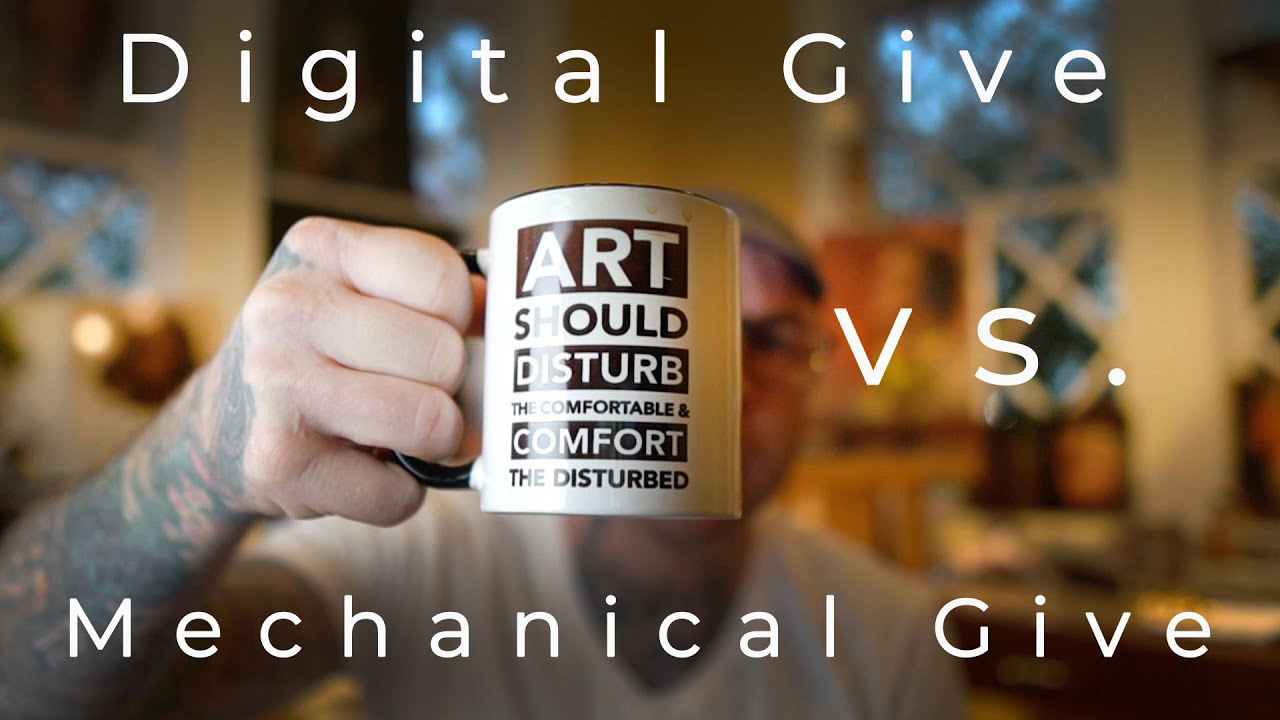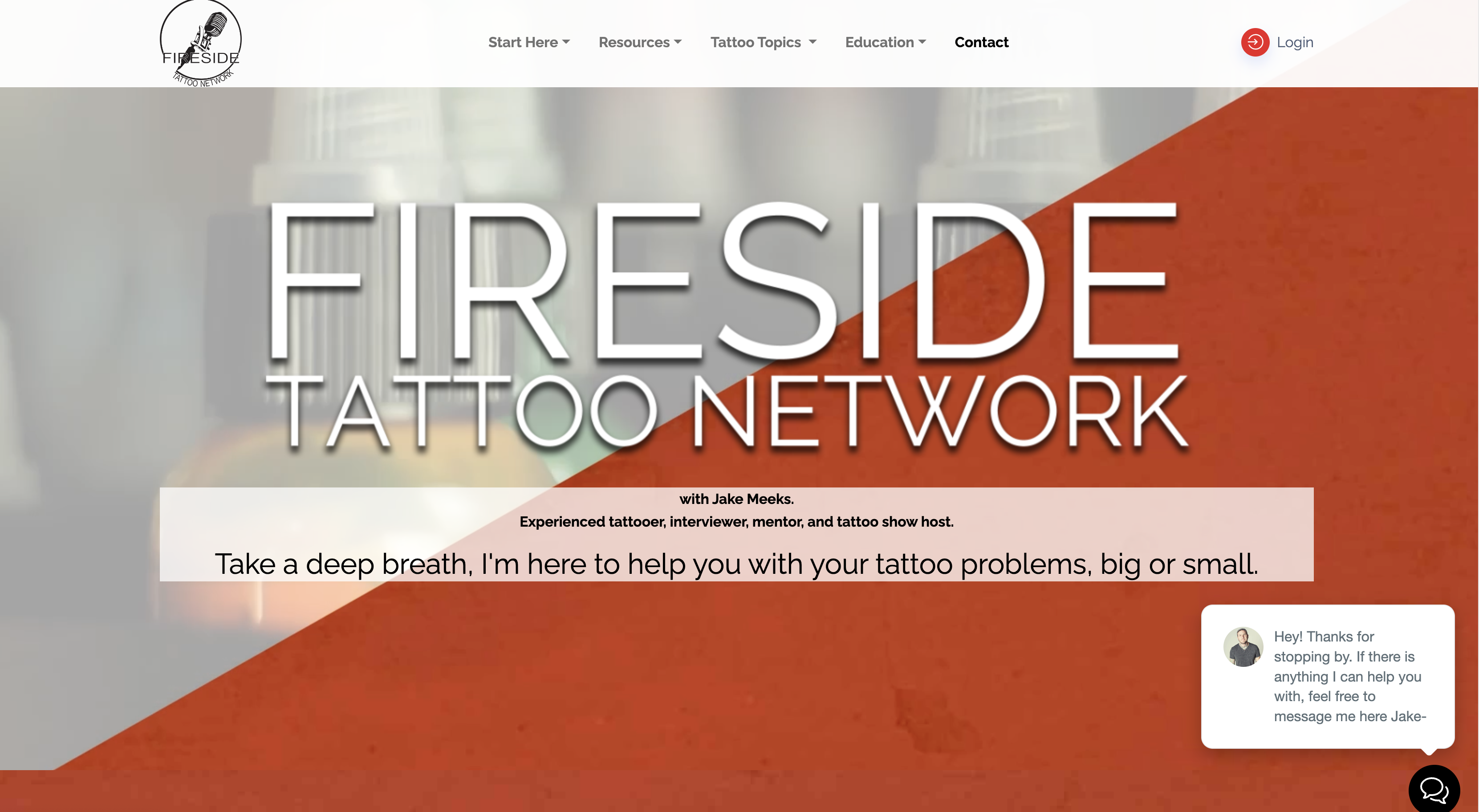Why Do We Care About Give? - Carson Hill

"Defining 'give' in rotary machines should align with its function rather than borrowing terminologies from coil machines." — Carson Hill
Carson Hill brings a wealth of knowledge and innovation to the tattooing industry. His mission is clear: to create the best possible tattoo machines that enhance both the artist's and the client's experience. Carson's insights into the concept of "give" are particularly enlightening. Traditional coil machines and modern rotary machines operate on fundamentally different principles, which affects how "give" is understood and implemented.
Direct Drive Machines and Chipped Motors
One of the central themes of this episode is the distinction between direct drive and chipped motors. Direct drive machines push the needle forward and pull it back directly, with no mechanical cushion. This can lead to what's known as "bogging" when the machine encounters resistance from the skin. The slowing of the motor increases the dwell time, or how long the needle contacts the skin, potentially causing more trauma.
In contrast, chipped motors boost power when encountering resistance, maintaining RPM consistency. This ensures a steady performance, reducing the likelihood of trauma and allowing for quicker skin penetration. Carson Hill prefers the slight slowdown of direct drives, finding it more natural, while others, like Ty Pollotta, appreciate the boosted performance of chipped motors.
Mechanical Give and Tattoo Trauma
Mechanical give, a feature in coil machines, involves a cushion or dampening system that shortens the needle's stroke, reducing skin trauma. Rotary machines, like the Neuma 4, mimic this effect through innovative cam designs. Understanding these differences is crucial for artists seeking to optimize their equipment for different styles and techniques.
Factors Influencing Dwell Time
Dwell time, or how long the needle stays in the skin, plays a significant role in tattoo trauma. Factors like hand speed and the design of the cam system in rotary machines affect this. Symmetrical cams offer an even profile, ideal for large fields of color or black, while asymmetrical cams slow down needle insertion but maintain a quick recoil, reducing unnecessary trauma.
Innovation and Personalization
Carson Hill's Neuma Tattoo Machines stand out for their interchangeable cam systems, allowing artists to customize insertion and retraction times. This flexibility ensures that artists can find the perfect setup for their hand speed and style, enhancing both efficiency and client comfort.
Conclusion
In sum, the right setup for your tattoo machine is a matter of personal preference and experimentation. Whether you prefer the natural feel of direct drives or the boosted performance of chipped motors, finding the right balance will improve your efficiency and the client's experience. Carson Hill's contributions to the tattooing industry through Neuma Tattoo Machines exemplify the importance of innovation and personalization in this art form.
